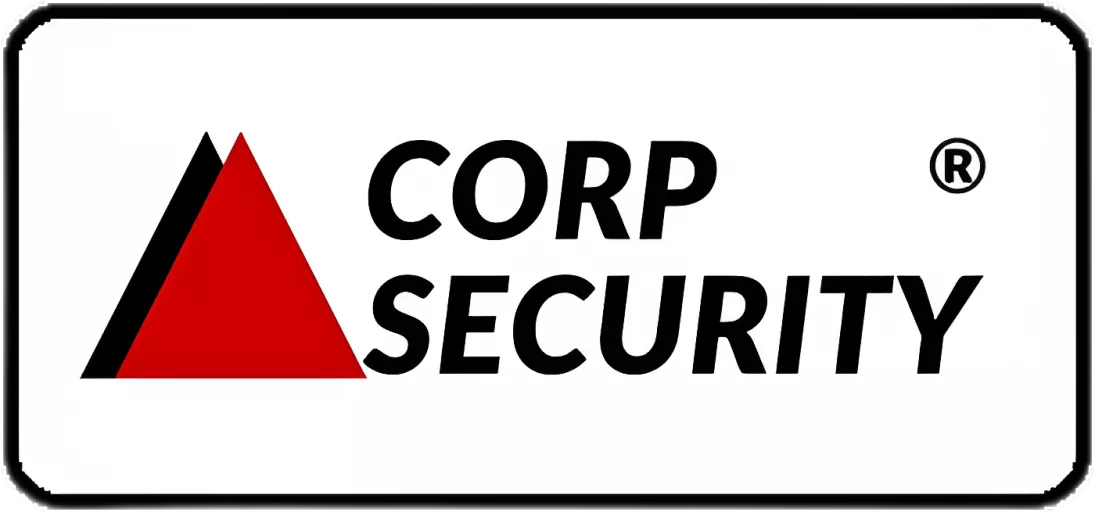Published By: Ashish Mishra.
Risk Assessment steps hold the baseline for any business success. In this blog, we will convey the steps implied in a risk assessment process. Read Exclusive!
Risk assessment is an important process that helps businesses identify and evaluate potential risks to their operations. A risk assessment helps companies prioritize their efforts to mitigate or manage risks and prepare for potential crises. In this article, we’ll explore the importance of risk assessment, the five steps involved in the risk management process, and the risk assessment procedure for audits.
Why is Risk Assessment Steps Important
Risk assessment is important because it helps businesses identify and understand potential threats to their operations. By identifying and evaluating risks, companies can develop plans to mitigate or manage them. Risk assessment also helps businesses prioritize their efforts to address risks based on their likelihood and potential impact.
Moreover, risk assessment helps companies prepare for potential crises. It is much easier to respond to a crisis if you have already identified the potential risks and have a plan in place. Risk assessment can help businesses identify gaps in their plans and take steps to address them before a crisis occurs.

What Are The 5 Steps For Risk Management Process
The risk management process involves five key steps:
Step 1: Identify Risks The first step in the risk management process is to identify potential risks to the business. This can be done through various methods, such as brainstorming sessions, surveys, and audits.
Step 2: Analyze Risks The next step is to analyze each identified risk to determine its likelihood and potential impact. This information can be used to prioritize risks and determine which ones require immediate attention.
Step 3: Evaluate Risks The third step involves evaluating each risk to determine the best way to address it. This may involve risk mitigation strategies or risk transfer strategies, such as insurance.
Step 4: Implement Controls The fourth step is to implement controls to mitigate or manage the identified risks. This may involve developing policies and procedures, training employees, or implementing technology solutions.
Step 5: Monitor and Review The final step in the risk management process is to monitor and review the effectiveness of the controls that have been implemented. This helps businesses identify any gaps or weaknesses in their risk management plans and take corrective action if necessary.
What Are The Risk Assessment Procedure Audits?
The risk assessment procedure for audits involves several steps:
Step 1: Plan the Audit The first step is to plan the audit. This involves identifying the scope of the audit and determining the objectives and criteria for the audit.
Step 2: Identify Risks The second step is to identify potential risks to the business. This can be done through various methods, such as interviews with key personnel, reviewing documentation, and analyzing financial data.
Step 3: Assess Risks The third step involves assessing each identified risk to determine its likelihood and potential impact on the audit objectives.
Step 4: Develop Audit Plan The fourth step is to develop an audit plan that addresses the identified risks. This may involve developing audit procedures, assigning audit resources, and determining the timing of the audit.
Step 5: Implement Audit Plan The final step is to implement the audit plan and conduct the audit. This involves performing audit procedures, documenting findings, and communicating results to key stakeholders.

Conclusion
Risk assessment is a critical process for any business. It helps companies identify and evaluate potential risks to their operations and prioritize their efforts to mitigate or manage those risks. The five steps in the risk management process involve identifying, analyzing, evaluating, implementing controls, and monitoring and reviewing risks. The risk assessment procedure for audits involves planning the audit, identifying and assessing risks, developing an audit plan, implementing the audit plan, and communicating results. By following these steps, businesses can develop effective risk management plans and prepare for potential crises.






Trackbacks/Pingbacks